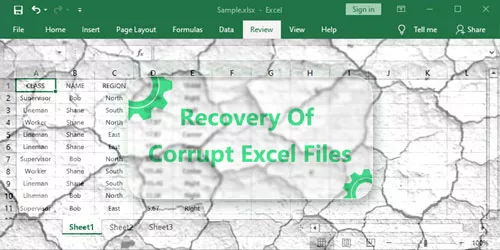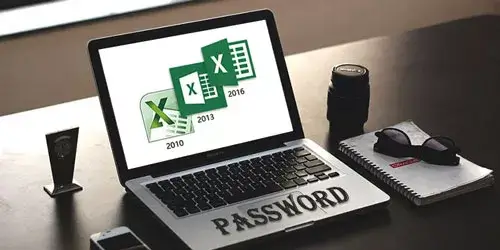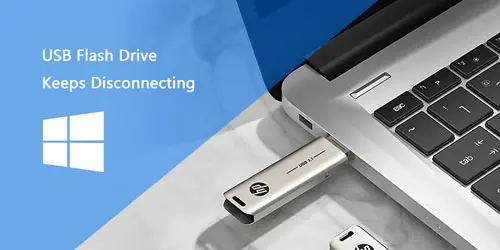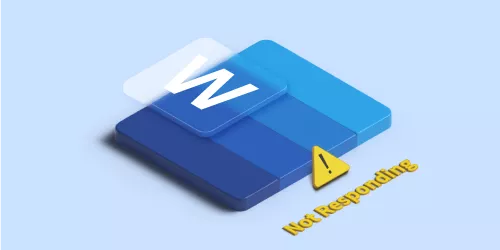Microsoft Word File is Corrupted and Cannot be Opened: How to Fix it?
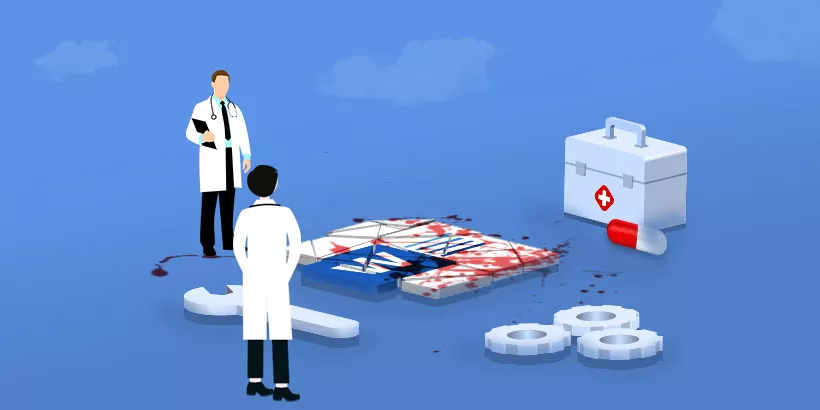
If you are reading this, you are probably dealing with accidentally damaged MS Word files. If you don't have a good solution to your problem, read this post and discover some solutions that will help you fix the problem of damaged and unreadable Word files.
Before repairing your damaged Word files, there are 3 things worth doing:
a) Check if the DOCX file is corrupt or not properly. In many cases, the reason why the file is unreadable isn't that the file is damaged, but the Word application even Windows has a problem. In this case, Word will still prompt that the file is corrupted and unreadable even if you repair the file. You can open other files to ensure that the Word application isn't malfunctioning. At the same time, stry opening the file you think is damaged on another computer to see whether the file is broken.
b) Remember to back up the broken file and transfer the original file to another disk. This is an important preparation before repairing files. The main purpose of backup is to avoid losing the original file if the repair doesn't work due to improper operation. At the meantime, it also avoids secondary damage to the original file when the copy is repaired in the disk.
c) To update your Microsoft Office and Windows are worth doing before repair. Many software problems for unknown reasons can be solved by updating Office and Windows. It will take time to update, but the advantages it brings are long-term.
1. Follow suggestions given by Microsoft Word
Step1: Use Microsoft Word automatic repair tool
It's a convenient and quick way to use the MS Word repair tool. When you try to open a broken file, Word will automatically pop up an interface to ask if you want to repair it or not. Click "Yes" to continue recovering. If it does not work, follow the prompts to continue repairing and opening the file.

Step 2: Open the file with the Text Recovery Converter
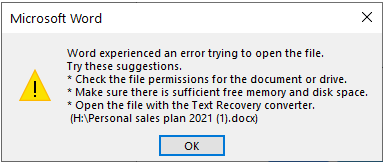
According to the suggestions in the picture above, after eliminating the first two problems, try to open the file with the Text Recovery Converter. There are two ways to use this function. Both of them have the same effect. You can choose one of them to perform.
The first method is to open Microsoft Word, click "File", and then click on "Options" in the left navigation pane. On the right pane, check the Confirm file format conversion on open under the General column. Click "OK" to confirm. Open the damaged file to see whether it works.
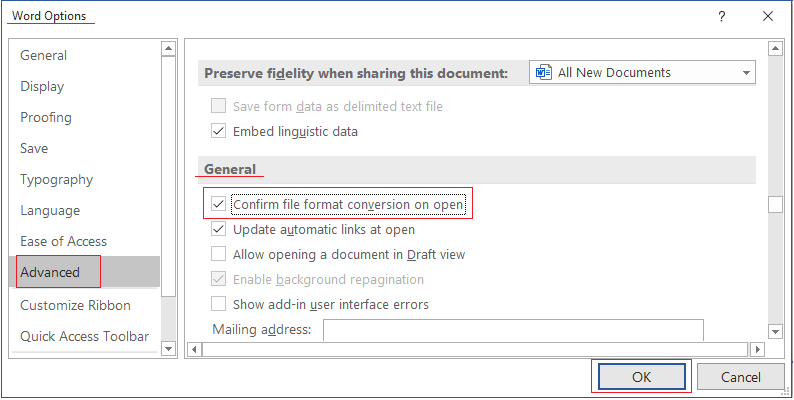
You can also recover the file in this way. Open Microsoft Word, click "File" and then click on "Open". Select the file you want to recover. Then choose Recover Text from Any File under the "Files of Type" box. Click "Open" to see whether it works.
Minor corruption to the Word file can be repaired by Word's built-in repair tool, but if you are still unable to access your file, go for other solutions to fix the problem.
2. Make use of Previous Versions
Using Previous Versions can help you get the file back. Although it is not complete, it contains the information of text, formats, charts, etc., before the file is damaged. It's still better than nothing. You can view and save the previous files according to the following steps: right-click the damaged file, choose "Properties", and hit the "Previous Versions" tab. Then all previous files are visible.

Computers with Windows 7 and higher will enable System Restore feature by default. If there are no previous versions available, it is likely that you turn off the System Restore before. If you want to Use System Restore, you can reopen it.
3. Open DOCX. with Notepad or WordPad
Notepad and WordPad are two tools that come with Windows. You can use these tools to open the damaged document to see if any text can be read. It is worth noting that these tools cannot support all of the features of Word documents' format. Therefore, some content might be missing or displayed improperly. In comparison, Notepad can only read text. Pictures, tables, and other formats could not be read by it. WordPad can read text, pictures, and some tables, but it cannot read complex data such as charts.
It's easy to open a document with Notepad. Right-click the file you want to open, select "Open with", and then choose Notepad to open it. After a while, you can see the text extracted from the file.
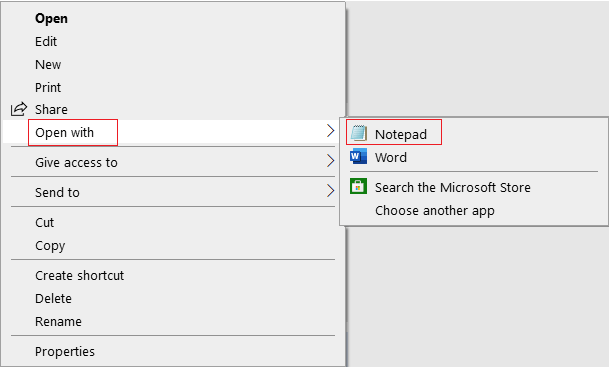
The way to open the file with WordPad is similar, the difference is that you may need to click Choose another app. Then find and open the WordPad.
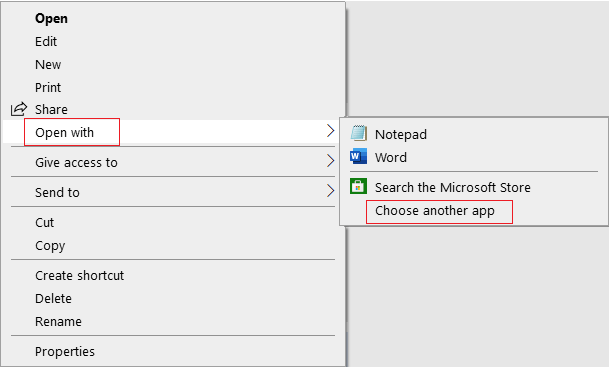
4. Use CHKDSK to repair the DOCX file
If the disk where the file is located has bad sectors, the file may become unreadable. You can read this article to learn more about the reasons why the article is damaged and unreadable: Microsoft Word File or Directory is Corrupted and Unreadable: Why and How to Prevent it?
To solve the problem of unreadable files in the damaged disk, we can check and repair the problems in the disk through CHKDSK. It takes some time to repair the disk with this method. And you need to close other files and programs running on the disk before starting the disk analysis. There are the steps to run CHKSDSK to repair the disk:
a) Enter CMD in the search box at the bottom of the desktop, right click the COMMAND Prompt, and select Run as administrator.
b) In the command prompt box continue to type chkdsk/f h: and press Enter. H is the letter of the disk where the damaged file is located.
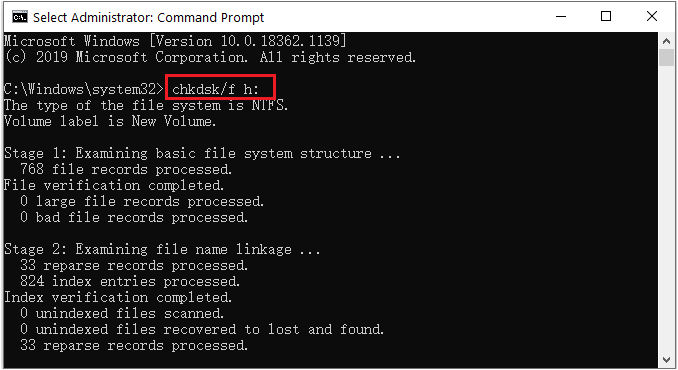
5. Use trustworthy third-party software
If you fail to achieve satisfactory results after trying the above methods, try to use trustworthy third-party software to repair your damaged files. Word Repair Genius is one of the applications I highly recommend. It is a practical software designed specifically for repairing damaged files.
Advantages of using Word Repair Genius:
a) Recover the original content and format of damaged DOCX files.
b) Repair large corrupted files quickly and effectively.
c) Restored Word file can be saved anywhere you like.
d) Support MS Word 2019/2016/2013/2010/2007 files.
And it is easy to operate. To open and select the file you want to repair first. The file will be repaired in a few moments.
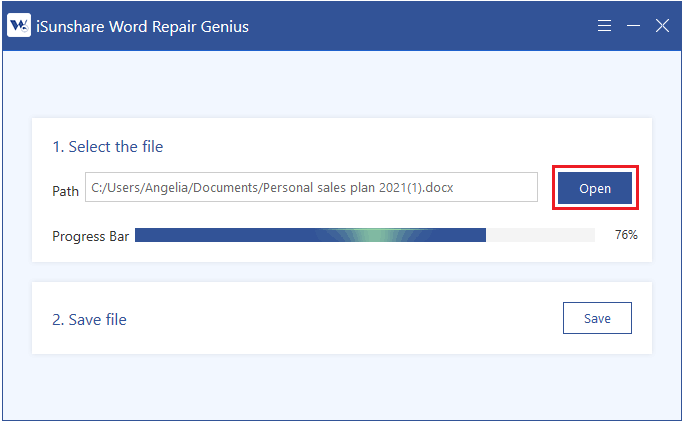
Next, click the "Save" button to select a file location for the recovered file. After the file is saved, you can open it to check the recovered content.
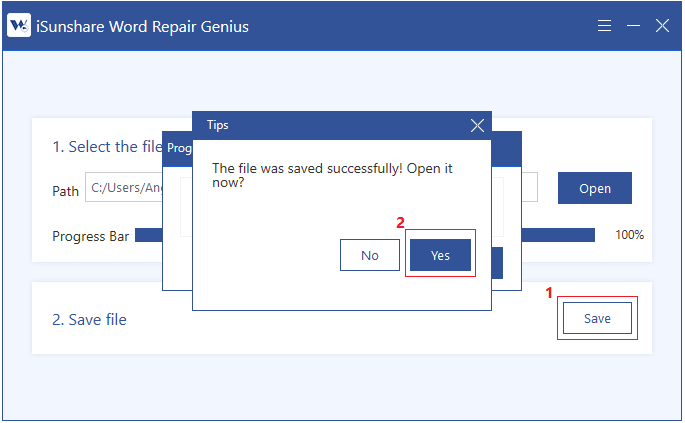 Download: Word Repair Genius
Download: Word Repair Genius


